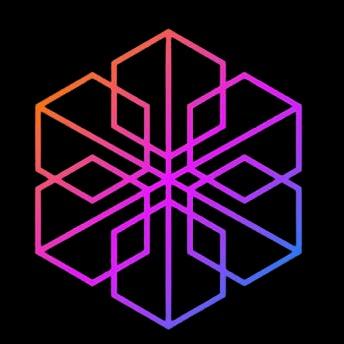Land Registry Dapp
Registring India in a Decentralize Way!
Created on 26th June 2022
•
Land Registry Dapp
Registring India in a Decentralize Way!
The problem Land Registry Dapp solves
Property registration in India involves the following steps:
- Verification of the property's title
- Property valuation estimation
- Stamp paper preparation
- preparing the sale deed
- paying the stamp duty and registration fees
- Make an appointment with the Sub-Registrar to register.
- Submission of Documents
Transferring ownership is a difficult process. Considering the sluggishness of government officials, this process appears to be quite time-consuming. The primary goal of registration is to document the execution of the document. Only by registering the document does it become legal and transfer ownership, if any, to the rightful owner.
The land covers 91 percent of India's land area, making it the most valuable possession of any individual in the country.
The need for a system ensuring proper land record maintenance can be gauged by the fact that today's land prices in India run in crores of rupees, and a small mistake in land record maintenance can result in a huge monetary loss to the parties involved.
The Indian land records system is plagued by the following issues:
- Digitization of all remaining land records so that the entire data set for the previous 30 years is available for public search online.
- Mandatory record verification prior to registration and transfer. This would prevent wrongdoing and subsequent litigation.
*Issues resolved by our application - *
1 Process Acceleration
However, the blockchain land registry platform can provide you with a distributed database where anyone can record and update information.
2. Reducing Fraud Cases blockchain can verify that you are the owner by maintaining an immutable record of transactions of the property title and to avoid document falsification
3. Using Smart Contracts to Bring Transparency by automating confirmed transactions, smart contracts can make the process easier. You may generate a digital, decentralized ID as a seller or buyer using the blockchain land register
Challenges we ran into
The main issue we encountered was figuring out how to integrate the truffle environment, which handles all of the blockchain-related backends, with the front-end react app. To interact with the smart contract via the front end, we used Web3.js. However, the documentation on Web3.js was insufficient for our needs. We were able to bridge the gap and make the app run smoothly with the help of some helpful blogs.
There were some difficulties in connecting Metamask to the local Ethereum network that we built. It took some time, but with the help of useful documentation from metamask, we were able to integrate the metamask authentication.
